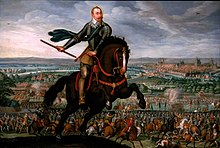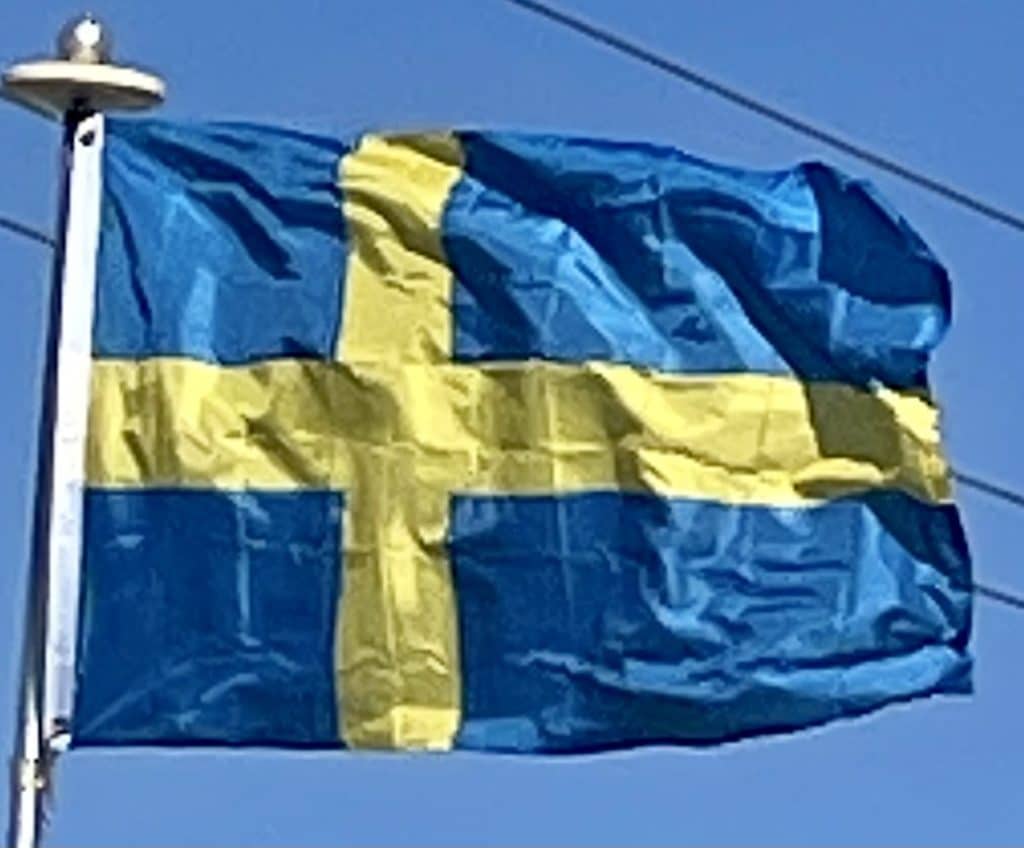

Sweden
During the Thirty Years’ War, Sweden conquered approximately half of the Holy Roman states and defeated the Imperial army at the Battle of Breitenfeld in 1631. Gustav Adolphus planned to become the new Holy Roman Emperor, ruling over a united Scandinavia and the Holy Roman states, but he died at the Battle of Lützen in 1632. After the Battle of Nördlingen in 1634, Sweden’s only significant military defeat of the war, pro-Swedish sentiment among the German states faded. These German provinces excluded themselves from Swedish power one by one, leaving Sweden with only a few northern German territories: Swedish Pomerania, Bremen-Verden and Wismar. From 1643 to 1645, during the last years of the war, Sweden and Denmark-Norway fought the Torstenson War. The result of that conflict and the conclusion of the Thirty Years’ War helped establish postwar Sweden as a major force in Europe.
In the middle of the 17th century Sweden was the third-largest country in Europe by land area, surpassed by only Russia and Spain. Sweden reached its largest territorial extent under the rule of Charles X after the treaty of Roskilde in 1658, following Charles X’s risky but successful crossing of the Danish Belts. The foundation of Sweden’s success during this period is credited to Gustav I’s major changes to the Swedish economy in the 16th century, and his introduction of Protestantism. In the 17th century, Sweden was engaged in many wars, for example with the Polish–Lithuanian Commonwealth, with both sides competing for territories of today’s Baltic states, with the disastrous Battle of Kircholm being one of the highlights. One-third of the Finnish population died in the devastating Great Famine of 1695–1697 that struck the country. Famine also hit Sweden, killing roughly 10% of Sweden’s population.
The Swedes conducted a series of invasions into the Polish–Lithuanian Commonwealth, known as the Deluge. After more than half a century of almost constant warfare, the Swedish economy had deteriorated. It became the lifetime task of Charles X’s son, Charles XI, to rebuild the economy and refit the army. His legacy to his son, the coming ruler of Sweden, Charles XII, was one of the finest arsenals in the world, a large standing army and a great fleet. Sweden’s largest threat at this time, Russia, had a larger army but was far behind in both equipment and training.
After the Battle of Narva in 1700, one of the first battles of the Great Northern War, the Russian army was so severely devastated that Sweden had an open chance to invade Russia. However, Charles XII did not pursue the Russian army, instead turning against Poland–Lithuania and defeating the Polish king, Augustus II the Strong, and his Saxon allies at the Battle of Kliszów in 1702. This gave Russia time to rebuild and modernize its army.

Forced to cede large areas of land in the Treaty of Nystad in 1721, Sweden also lost its place as an empire and as the dominant state on the Baltic Sea. With Sweden’s lost influence, Russia emerged as an empire and became one of Europe’s dominant nations. As the war finally ended in 1721, Sweden had lost an estimated 200,000 men, 150,000 of those from the area of present-day Sweden and 50,000 from the Finnish part of Sweden.
